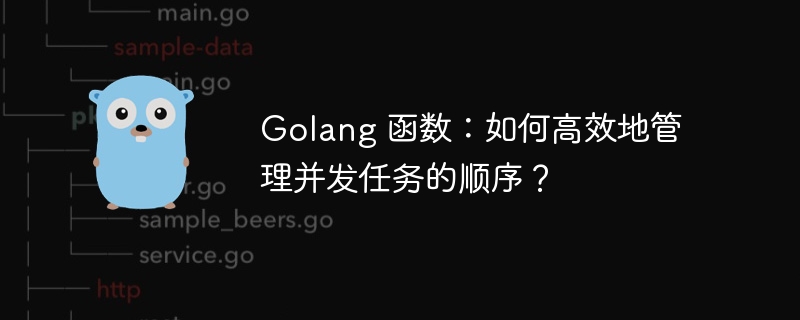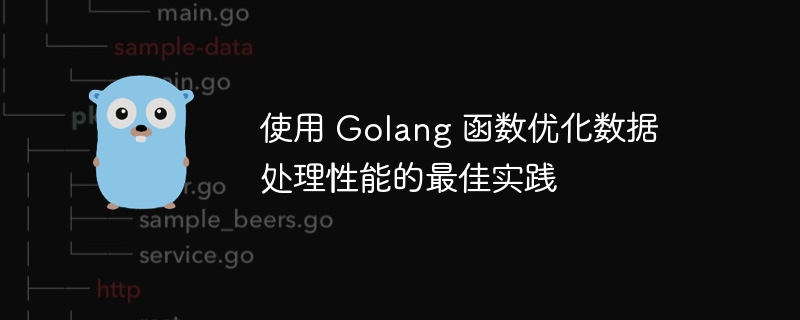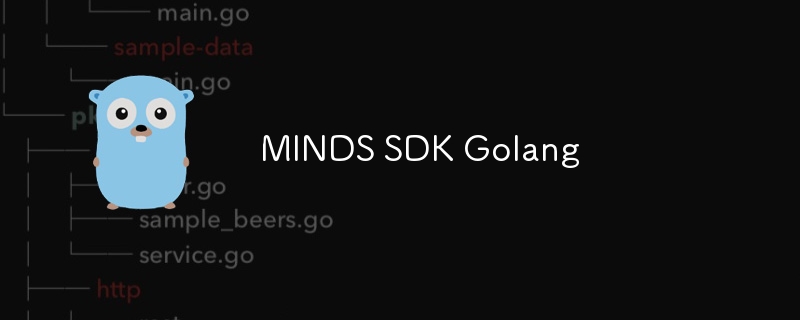golang 并发任务错误处理技术包括:1. 返回值传递错误;2. 抛出异常;3. 使用通道传递错误。实战案例包括并发文件读取和 http 请求,通过通道传递错误,提高代码健壮性。

Go 语言函数:并发任务执行中的错误处理技术
在 Golang 中使用并发函数执行任务时,处理错误至关重要。本文介绍了多种错误处理技术,并提供了有关如何将它们应用于实际场景的实战案例。
错误处理技术
1. 返回值
最简单的方法是使用返回值来传递错误。函数可以返回错误值,调用者可以检查该值并采取适当的措施。
func getSum(a, b int) (int, error) {
if a < 0 || b < 0 {
return 0, errors.New("inputs must be non-negative")
}
return a + b, nil
}2. 抛出异常
Go 语言提供了一个内置的异常机制。可以使用 panic 函数抛出异常,由调用者使用 recover 函数捕获。
立即学习“go语言免费学习笔记(深入)”;
func getArea(width, height int) (int, error) {
if width < 0 || height < 0 {
panic("invalid width or height")
}
return width * height, nil
}3. channel
通道提供了另一种用于并发任务错误处理的机制。可以创建一个接收错误的 channel,然后将该 channel 传递给任务 goroutine。如果任务出错,goroutine 将向 channel 发送错误。
func getAverage(numbers []int) (float64, error) {
errCh := make(chan error)
go func() {
sum := 0
for _, n := range numbers {
sum += n
}
avg := float64(sum) / float64(len(numbers))
if len(numbers) == 0 {
errCh <- errors.New("empty slice")
} else {
errCh <- nil
}
}()
select {
case err := <-errCh:
return 0, err
case <-time.After(1 * time.Second):
return 0, errors.New("timeout")
}
}实战案例
文件读取并处理
以下函数使用并发 goroutine 读取并处理文件中的行。错误通过 channel 传递。
func processLines(filePath string) ([][]string, error) {
errCh := make(chan error)
file, err := os.Open(filePath)
if err != nil {
return nil, err
}
defer file.Close()
lines := [][]string{}
nLines := 0
scanner := bufio.NewScanner(file)
for scanner.Scan() {
line := scanner.Text()
nLines++
go func(line string) {
parts := strings.Split(line, ",")
errCh <- processLine(parts)
}(line)
}
for i := 0; i < nLines; i++ {
err := <-errCh
if err != nil {
return nil, err
}
}
return lines, nil
}HTTP 请求并发
以下函数使用并发 goroutine 发出 HTTP 请求。错误通过返回的 channel 传递。
func sendRequests(urls []string) ([][]byte, error) {
respCh := make(chan []byte, len(urls))
errCh := make(chan error, len(urls))
for _, url := range urls {
go func(url string) {
resp, err := http.Get(url)
if err != nil {
errCh <- err
} else {
defer resp.Body.Close()
body, err := ioutil.ReadAll(resp.Body)
if err != nil {
errCh <- err
} else {
respCh <- body
}
}
}(url)
}
responses := [][]byte{}
for i := 0; i < len(urls); i++ {
select {
case resp := <-respCh:
responses = append(responses, resp)
case err := <-errCh:
return nil, err
}
}
return responses, nil
}总结
通过了解并应用这些错误处理技术,您可以有效地在 Golang 并发任务中处理错误,从而提高代码的健壮性和可靠性。
以上就是Golang 函数:并发任务执行中的错误处理技术的详细内容,更多请关注php中文网其它相关文章!






